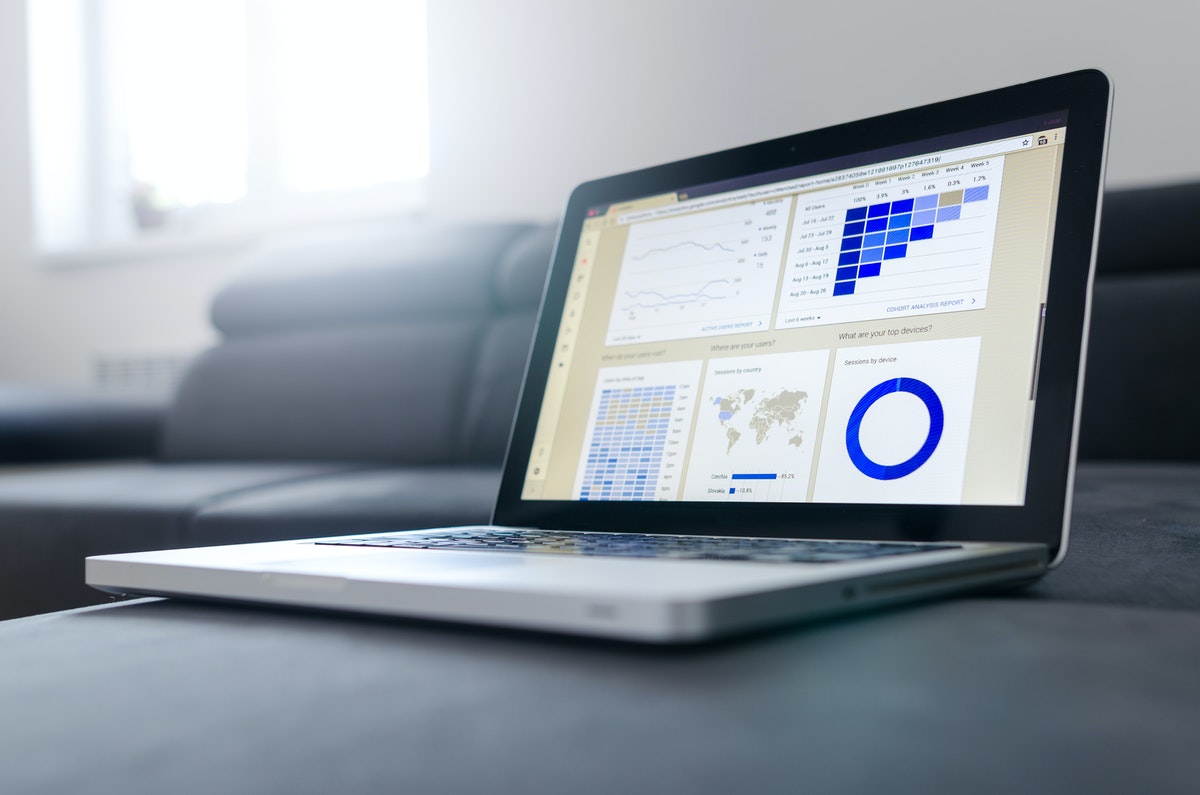It’s difficult to determine the toll caused by the COVID-19 pandemic. The scope is alarming. There are millions of individuals affected in the United States alone. The government spent $3.5 million for relief, and several segments of the economy took a drastic hit.

The pandemic impacted all businesses across different sectors. Even with the vaccines in place, many countries are still reeling. New variants like Omicron are on the rise. No one knows when this battle against COVID-19 will end. But data and analytics are effective tools helping to accelerate the response against this pandemic.
Analytics can provide new and significant insights. These can help raise awareness, assess the impact of the virus, and assist in preventive efforts. In this post, we look at the significance of data and analytics during these times and how they can make a difference.
Analytics Can Help Improve Medical Resource Plans
The surge in COVID-19 cases has stressed hospitals and affected health care. Given the rise of cases, how can hospitals expand their capabilities? Since there are medical device shortages, what crucial supplies are needed?
Health officials can reduce mortality rates through dispensing available bed space and resources with analytical methods. Here are some specific examples of analytical procedures:
- Refining and applying epidemiological measures to oversee COVID-19 affected individuals within a specific area
- Predicting the probable numbers of infected people that need medical intervention
- The level of care that infected patients need. Additionally, indicating the number of required caregivers based on these results
With these insights based on analytics, healthcare systems can take the following actions:
- Using outpatient and day surgery centers as new bed space
- Probing the possibility of reopening closed facilities
- Reallocating doctors, equipment, and supplies to areas that need it the most

Data Helps Contact Tracing Investigations
Contact lists grow fast. We have all seen how quickly viruses spread in close-contact environments. The more social interactions occur, the more work is needed to identify everyone.
One disadvantage of contact tracing is that it relies on memory. Interviewees must remember where they have been and the people they were in contact with. However, not all individuals can accurately retrace their whereabouts, especially during a two to three-day period.
With analytics, contract tracing for public health becomes more manageable. With the correct data, epidemiologists can build networks of contacts. The more data within reach, the easier it will be to identify the points of vulnerability.
Health officials can identify common points of contact using data visualization methods. It will build a better picture of people’s social interactions. Data also offers a better understanding of the flow of individuals.
Leveraging Data Insights to Assist in Decisions About Returning to the Workplace
Aside from the medical and health industry, data and analytics are also useful among businesses who want to review their work-from-home setup. Are your employees comfortable going back to the office at full capacity? Are all employees vaccinated? Using data can help you make decisions about transitioning your company to the new normal.
For example, you can set up employee feedback systems that help your employees stagger hours. Having access to employee data can also help you decide if you should test employees for COVID-19.
Thus, it can help you figure out how often you should conduct testing.
With an employee feedback system in place, your employees can just key in their symptoms. This will help once your establishment returns to an office setup.
We all know that we should avoid working when we’re sick. However, there’s a significant difference between simply feeling the symptoms and recording the said symptoms. This will make the decision process of staying at home or going to work more precise.
Businesses have stepped up during the pandemic. According to Mckinsey and Company, organizational responses affect employees. Those that experience excellent corporate responses are more likely to be engaged at work.
The COVID-19 crisis reminds businesses that they cannot ignore emerging issues. They must meet them head-on. With this approach, they will increase their chances of improving employee experience during uncertainty.

Providing Demand Planning Resilience
Before the pandemic, most companies relied on internal historical data for their forecasts. However, COVID-19 changed the business landscape. Demands are fluctuating for products and services. Knowing this, many industries are looking for better ways to indicate demand.
You can adapt your strategies for a more resilient business with specific data on hand. Connect and combine your feedback from online reviews, surveys, ads, and more. Look for anomalies that positively and negatively affect your company. You can create an adaptive and proactive strategy with this information. Furthermore, tracking the data of the progress of your operations will help you benchmark recovery.
The Bottom Line
Our future with COVID-19 is uncertain. But data can help mitigate a lot of its aspects. Having insights can help the government and enterprises reduce apprehension and complexity. It can drive answers and create workable and tangible solutions.



